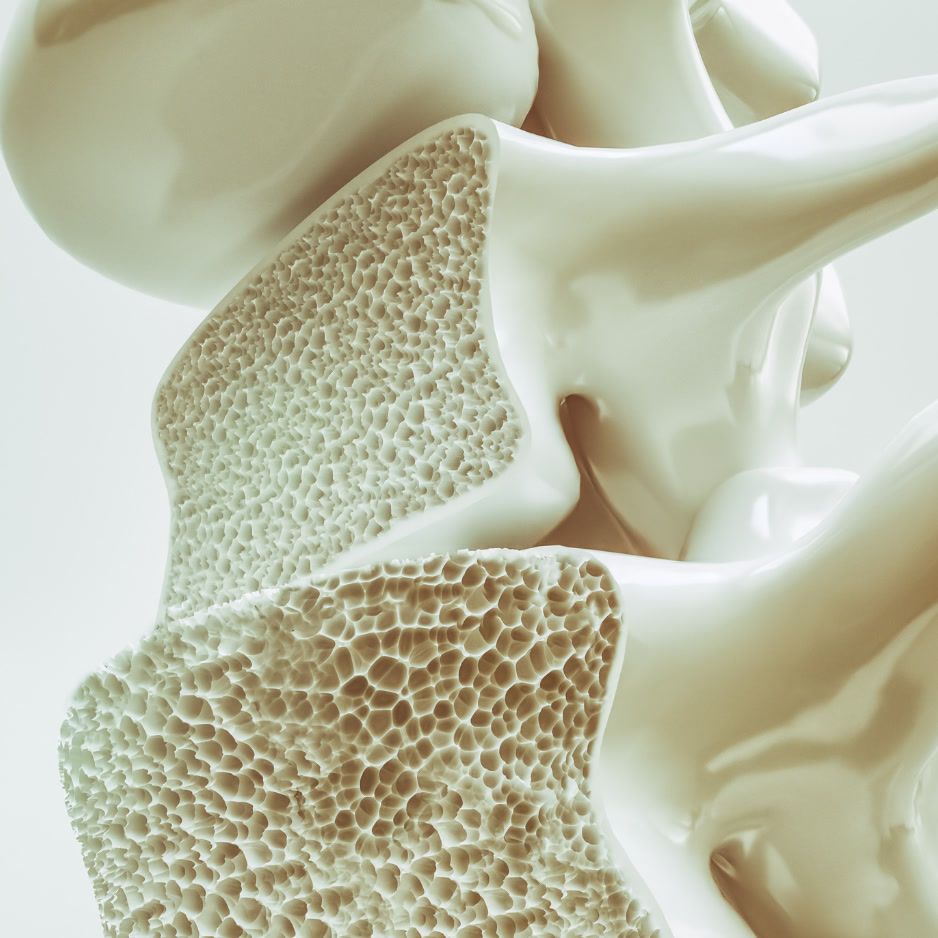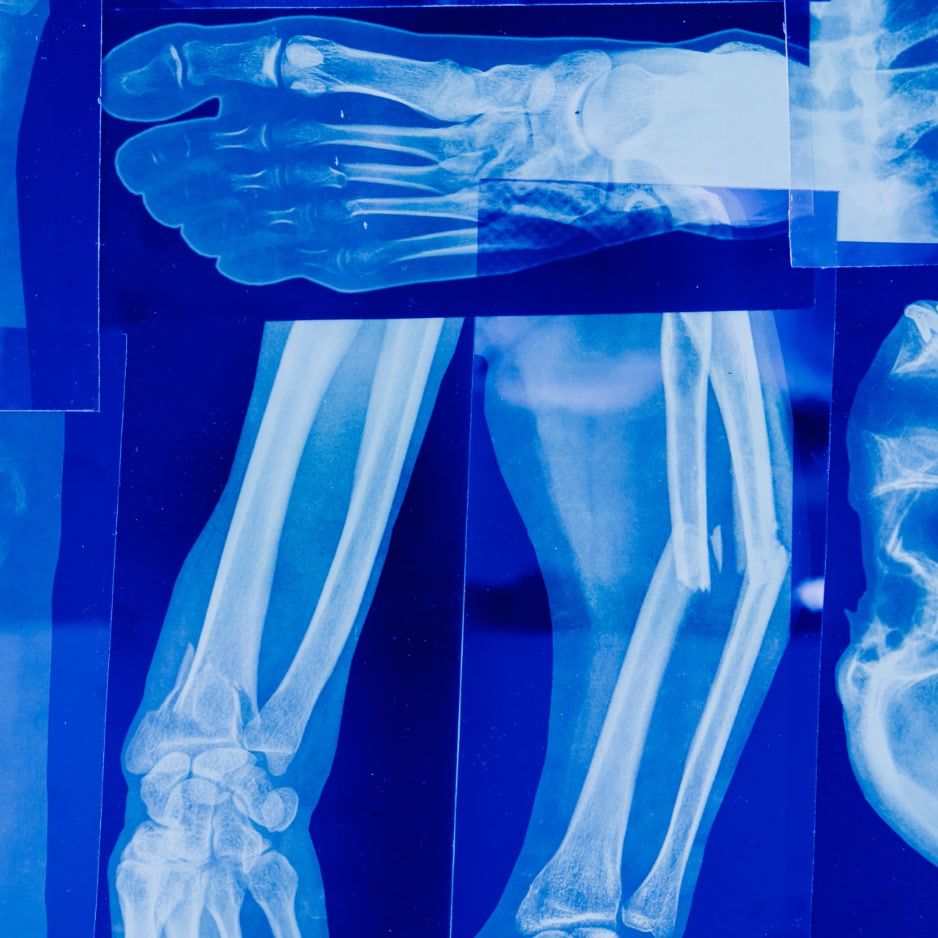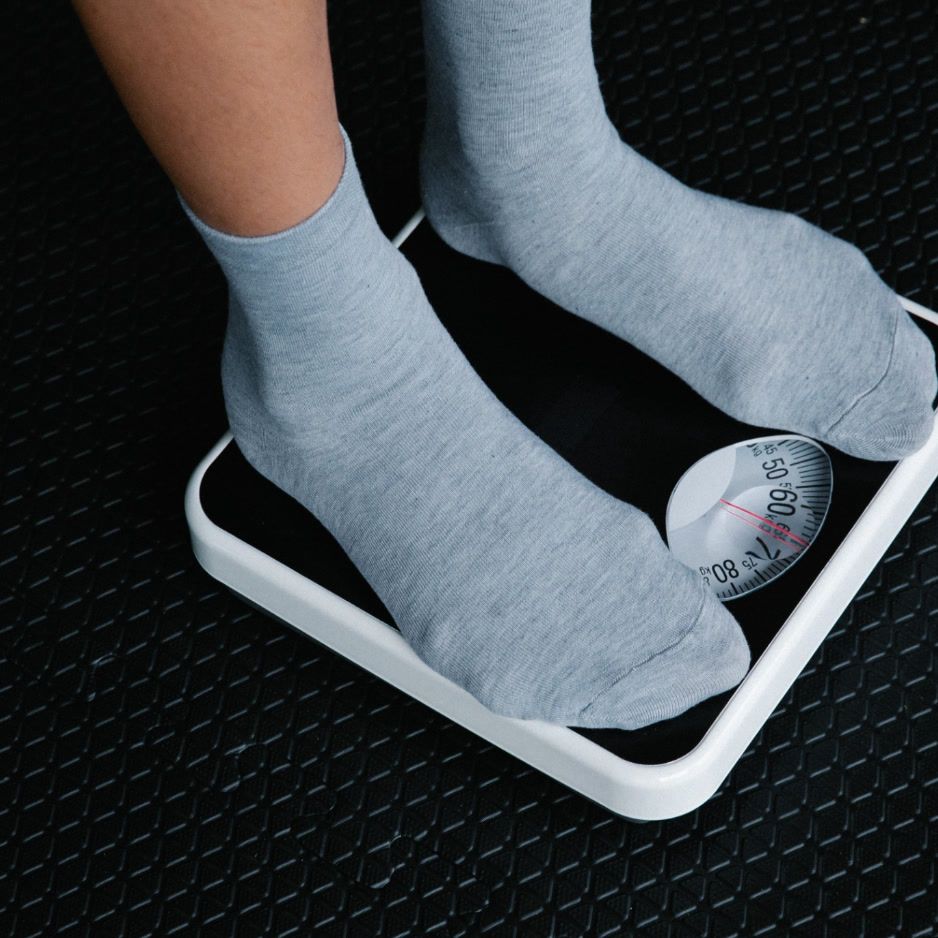Perimenopause Testing: What Works & When to Test

Perimenopause Testing: What Works & When to Test
The quick answer
- If you’re 45+ with classic symptoms and cycle changes, clinicians typically diagnose perimenopause clinically—no routine lab test required (ACOG; NICE NG23; Mayo Clinic).
- Testing may help if you’re 40–45 with symptoms, under 40 with suspected premature ovarian insufficiency (POI), have atypical bleeding, or if a clinician wants to rule out look‑alike conditions (like thyroid disease) (NICE NG23; Mayo Clinic).
- At‑home FSH kits can detect elevated FSH but can’t confirm perimenopause because levels swing from day to day; they’re best as conversation starters with your clinician—not solo decision tools (Cleveland Clinic).
For symptom relief strategies and timelines, check out: Perimenopause Symptoms: Signs, Timeline & Relief and Perimenopause Age: Signs, Timelines & What to Expect.
Perimenopause testing 101: Why “symptoms first” beats a single lab
Hormone levels zig‑zag during perimenopause—sometimes daily—so a one‑off blood or urine value can mislead. That’s why leading bodies recommend a symptom‑led approach:
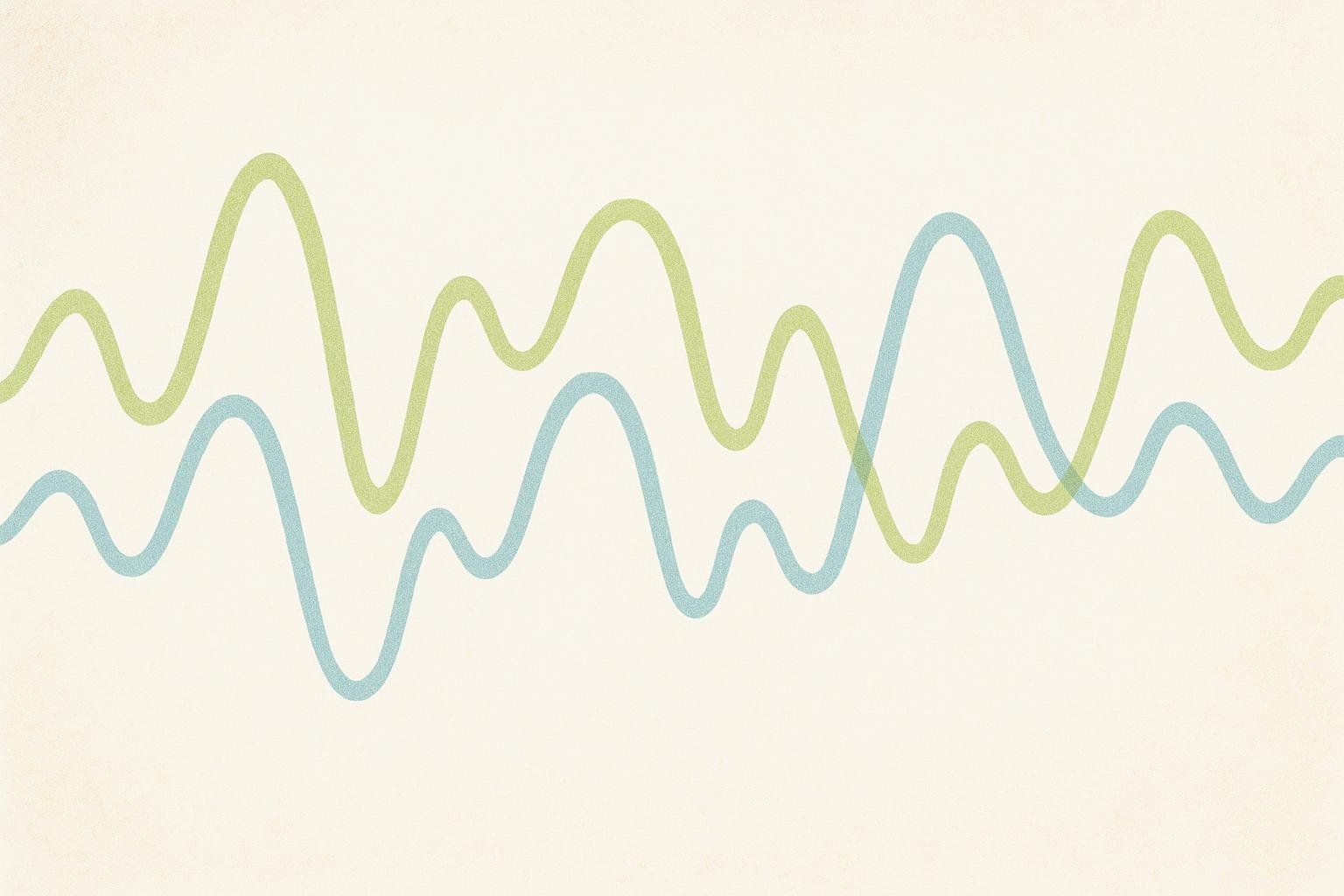
- ACOG: Your ob‑gyn can usually identify perimenopause by your age + symptoms + cycle changes—no routine hormone testing needed (ACOG).
- NICE NG23 (updated 2024): Don’t use lab tests to diagnose perimenopause in people aged 45+; consider FSH only for ages 40–45 with symptoms or under 40 if POI is suspected (NICE NG23).
- Mayo Clinic: Beyond checking thyroid, hormone testing isn’t usually helpful for diagnosing perimenopause (Mayo Clinic).
Bottom line: Track your cycles and symptoms; use labs selectively to clarify edge cases or rule out other causes.
When testing makes sense (and what to order)
Use this guide to have a more informed conversation with your clinician about which tests, if any, are right for you.
45+ with typical symptoms and cycle changes
- Testing: Usually none needed for diagnosis.
- Consider: TSH if fatigue, cold intolerance, hair/skin changes, or other thyroid clues are present (Mayo Clinic).
40–45 with symptoms (irregular cycles, hot flashes, night sweats)
- Consider testing if diagnosis is unclear:
- Serum FSH (± estradiol) (NICE NG23)
- TSH to rule out thyroid disease
- Manage symptoms in parallel (sleep, hot flashes, mood)
Under 40 with symptoms or long cycle gaps (possible POI)

- Consider:
- FSH on two occasions plus estradiol
- Evaluation for causes of POI and fertility counseling
- Avoid:
- Using AMH alone to diagnose perimenopause (NICE NG23)
Abnormal uterine bleeding (very heavy, prolonged, between cycles, or after sex)
- Consider:
- Pregnancy test if relevant
- CBC and TSH
- Clinician‑guided ultrasound and/or endometrial evaluation for other causes (fibroids, polyps, etc.)
- Act now: See red flags in our guide on perimenopause symptoms and seek care promptly.
Fertility questions during suspected perimenopause
- Consider with a specialist:
- AMH, early‑follicular FSH/estradiol, and antral follicle count (AFC)
- Keep in mind:
- AMH/AFC estimate egg yield for IVF but are poor predictors of natural fertility or exact menopause timing (ASRM committee opinion).
What each test can—and can’t—tell you
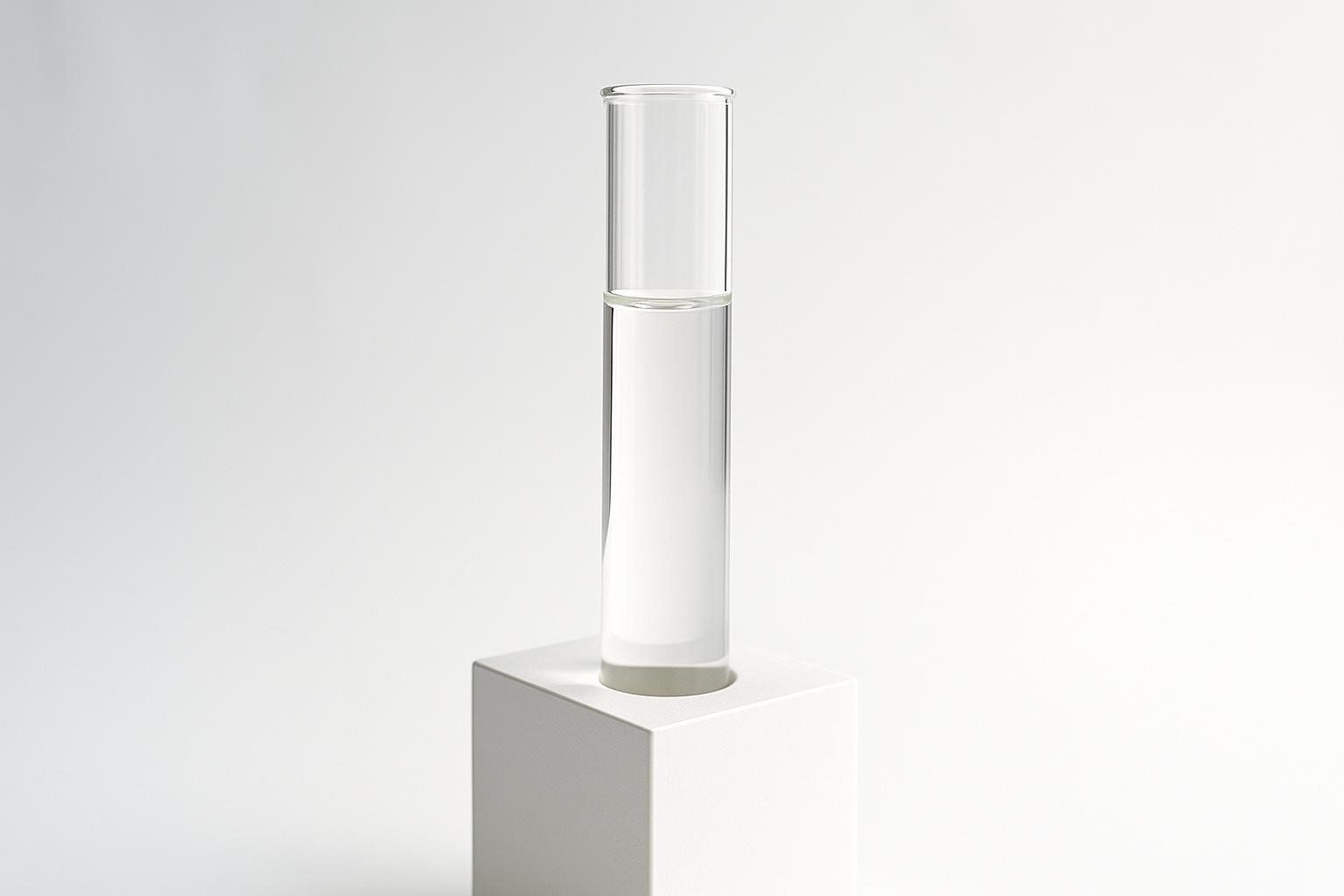
- FSH (follicle‑stimulating hormone): Tends to rise as ovaries become less responsive, but perimenopause swings can produce normal or high values on different days. Helpful in ages 40–45 with symptoms or under 40 if POI is suspected; not routinely needed at 45+ for diagnosis (NICE NG23).
- Estradiol (E2): Can be high or low on different days of perimenopause; a single value rarely settles the question (Mayo Clinic).
- LH and progesterone: May give cycle‑phase context but don’t diagnose perimenopause on their own.
- AMH (anti‑Müllerian hormone): Declines as ovarian reserve falls and often drops before FSH rises, but it should not be used to diagnose perimenopause or to precisely predict menopause timing in routine care (ASRM committee opinion; NICE NG23).
- Inhibin B: Also declines with age but is not used routinely to diagnose perimenopause.
- TSH (± free T4): Rules out thyroid conditions that can mimic or worsen fatigue, mood, and temperature symptoms (Mayo Clinic).
Best timing and prep for reliable results

- If you’re still menstruating and your clinician orders baseline sex‑hormone labs, drawing in the early follicular phase (around cycle day 3) offers consistency across cycles; many clinical references use this convention.
- Pause high‑dose biotin supplements for at least 48–72 hours before testing to avoid immunoassay interference—this is an FDA‑recognized issue affecting many hormone assays (FDA safety communication).
- Tell your clinician about any hormonal contraception or hormone therapy—they can affect lab interpretation.
Your decision guide
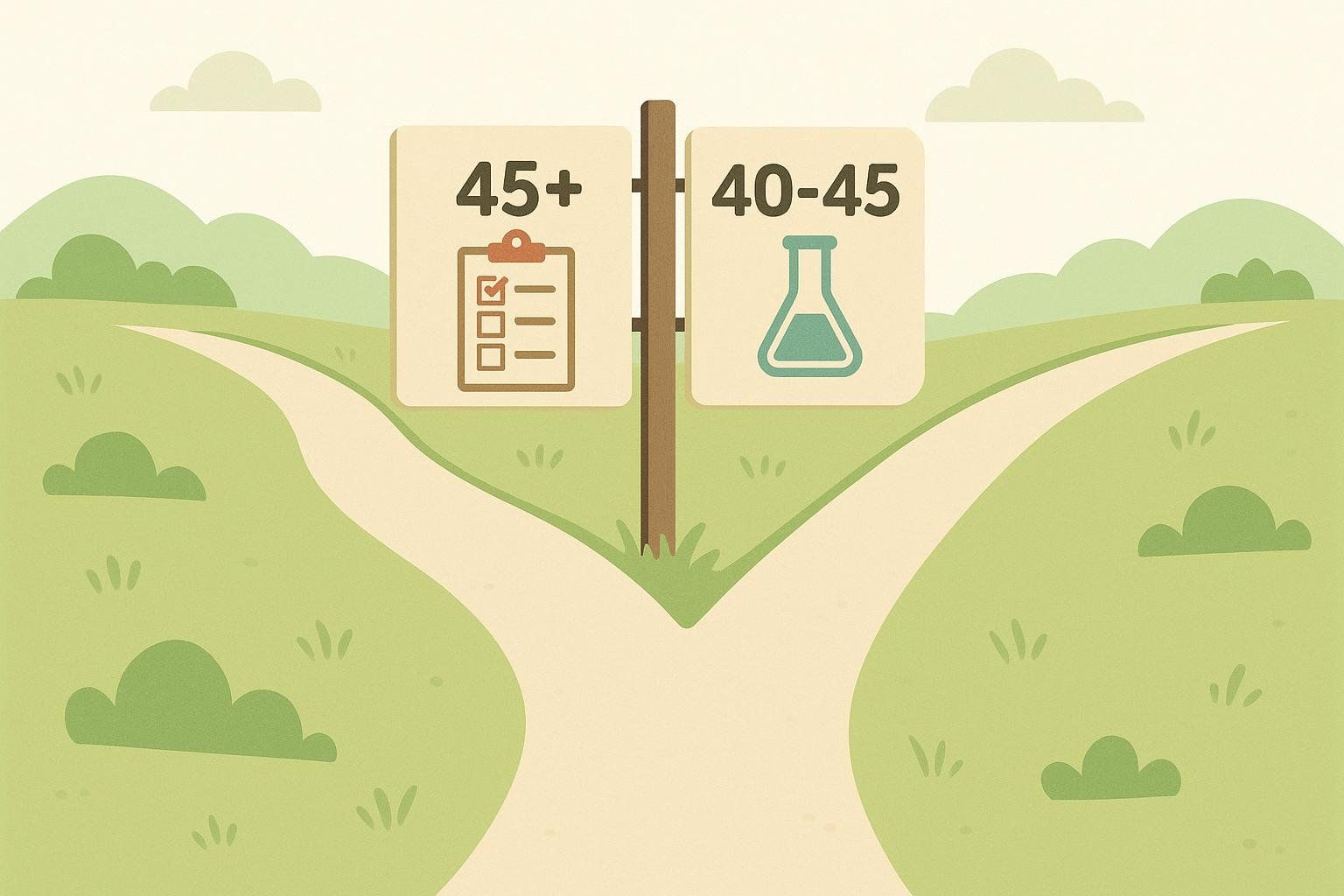
Use your age + symptoms to choose a smart next step.
- Are you 45 or older with new hot flashes/night sweats and cycle changes?
- Likely perimenopause. Track symptoms; discuss treatment options as needed. Routine hormone testing is usually unnecessary (ACOG; NICE NG23).
- Are you 40–45 with symptoms?
- Consider FSH (± estradiol) if diagnosis is unclear; also consider TSH. Manage symptoms in parallel (NICE NG23).
- Are you under 40 with symptoms or long cycle gaps?
- See a clinician soon. Consider repeat FSH with estradiol and a POI work‑up; discuss fertility goals and options (NICE NG23; ASRM committee opinion).
- Do you have abnormal bleeding (very heavy, prolonged, between periods, or after sex)?
- Get evaluated promptly to rule out other causes. Labs and imaging may be warranted (see red flags in our guide on perimenopause symptoms).
At‑home kits vs lab draw vs clinician‑ordered tests

This table breaks down the key differences between at‑home kits, direct‑to‑consumer lab draws, and tests ordered by your clinician.
| Option | What it measures | Typical cost | Turnaround | Insurance | Pros | Cons |
|---|---|---|---|---|---|---|
| At‑home FSH urine kits | Urine FSH only (single or multi‑day) | ~$20–$30 | Minutes–days | Typically not covered | Convenient; may prompt care | Can’t diagnose perimenopause; FSH fluctuates; may mislead; still need clinician follow‑up (Cleveland Clinic). |
| Labcorp OnDemand Menopause Test | Serum FSH, estradiol, LH, progesterone | ~$140 | ~2–5 business days | Typically not covered | Venipuncture serum testing; clear prep guidance | Price excludes clinical interpretation; doesn’t include thyroid testing unless ordered separately. |
| Quest Menopause Assessment Test Panel | Serum FSH, estradiol, LH, TSH (reflex free T4), prolactin | ~$155 | ~5 business days | Typically not covered | Includes TSH ± free T4 and prolactin; optional in‑home draw (extra fee) | Not available in some states for mobile draw; cash‑pay only on QuestHealth.com. |
| Clinician‑ordered testing | Tailored labs (TSH ± sex hormones ± ultrasound) | Varies | Varies | Typically covered | Personalized ordering + interpretation; addresses red flags | Requires appointment; may need prior auth. |
Tip: If you order your own labs, plan a clinician visit to interpret results and align on next steps.
Interpreting results (without over‑reading them)
- Use your lab’s reference ranges; different assays vary. If a result doesn’t fit your clinical picture, repeat it.
- Don’t try to “prove” perimenopause with a single FSH or estradiol value—fluctuations are the norm (ACOG; Cleveland Clinic).
- AMH can inform ovarian reserve in fertility care but should not be used to diagnose perimenopause or to precisely time menopause in everyday practice (ASRM committee opinion; NICE NG23).
FAQs
-
Do I need tests to confirm perimenopause?
Usually no if you’re 45+ with classic symptoms and cycle changes; diagnosis is clinical (ACOG; NICE NG23). -
What’s the best test for perimenopause?
There isn’t one. FSH can support the picture in 40–45‑year‑olds with symptoms, but results swing; symptom history is most reliable (NICE NG23). -
Are at‑home menopause tests accurate?
They can detect elevated FSH, but because levels fluctuate, they can’t confirm perimenopause or replace a clinical evaluation (Cleveland Clinic). -
Can AMH tell me when I’ll hit menopause?
AMH trends downward with age but is not recommended to diagnose perimenopause or precisely predict your menopause date in routine care (ASRM committee opinion; NICE NG23). -
If I’m miserable, what treatments actually help?
Both hormone therapy (if you’re a candidate) and non‑hormonal medications can reduce hot flashes and improve sleep; talk to your clinician. For more details, explore our guides on bioidentical hormones and HRT and weight. -
How does BodySpec fit into a perimenopause plan?
Labs show hormones in a moment; a BodySpec DEXA scan shows downstream changes that matter for health: visceral fat, lean mass, and bone trends. Many people scan every 6–12 months to tailor training, nutrition, and therapy. Start here: DEXA for women and Visceral fat & menopause. Ready to see your baseline? Book a BodySpec scan.
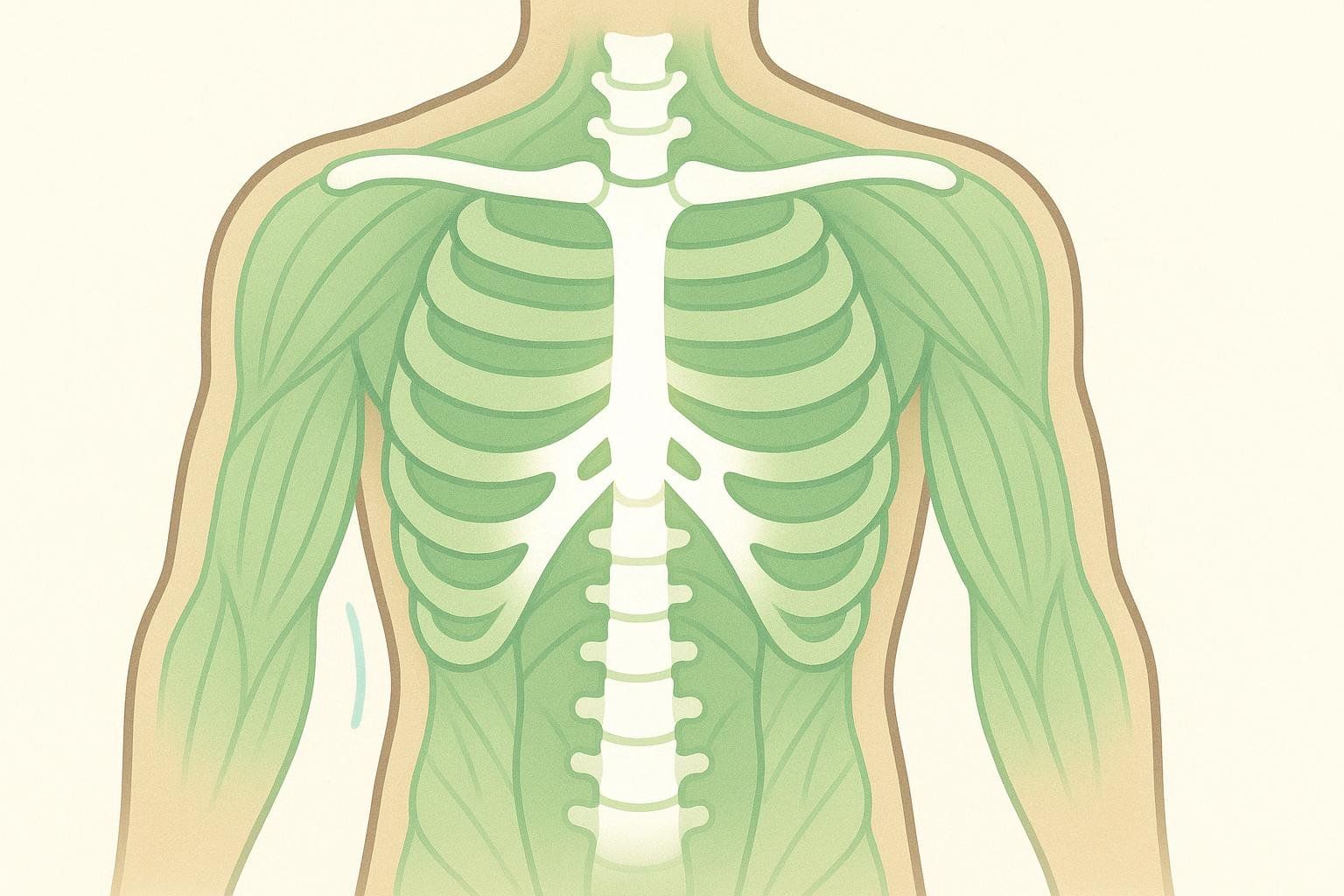
The bottom line
- Perimenopause is typically a clinical diagnosis; lab tests are optional and situation‑dependent.
- Prioritize symptom tracking and targeted testing when it will change your plan.
- If you do test, time it well, prep properly, and pair results with clinical context.
- Use objective tools like DEXA to monitor the changes that actually affect your health goals.
Educational only; not medical advice. Always discuss diagnosis and treatment with a qualified clinician.
